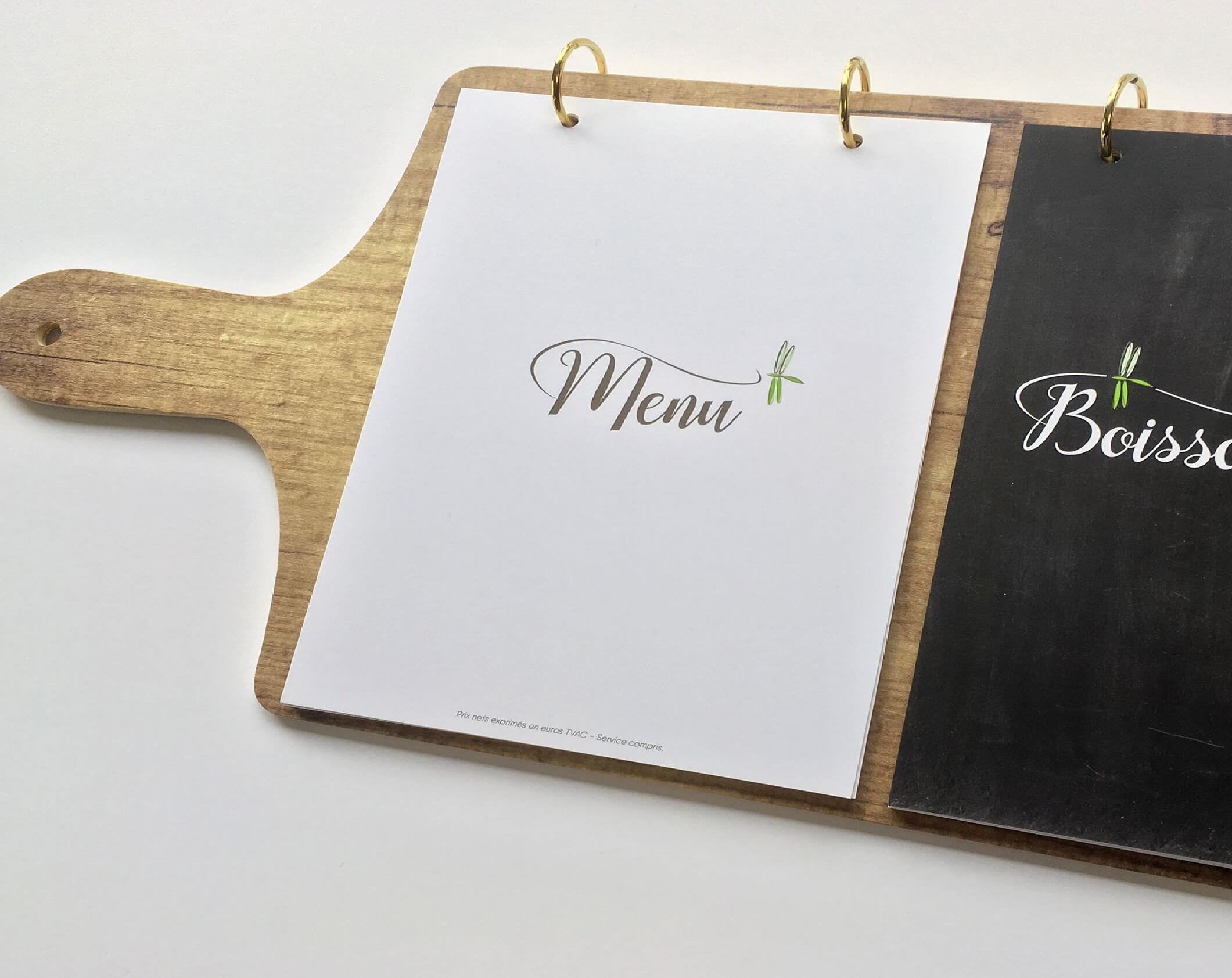Running a restaurant is no easy task. It requires creativity, organization, and plenty of hard work to make sure that you're doing everything correctly and staying on top of trends in the industry. One area where many restaurateurs struggle is with creating their menus for the day. The following guide will walk you through how to create a menu from start to finish!

How to make a restaurant menu
-Start by drawing out an idea of what your menu will look like. It might be good to have a vision from the start, or you can make it up as you go! If in doubt, use some pre-made templates and motifs that are already available online. You should also think about how much time this is going to take - if you're more on the "creative" side then allow yourself plenty of time for ideation; but if all menus seem too difficult, consider using theme days instead (such as Monday: Mexican food).Research other restaurants' menus before making decisions. This could include looking at their prices (does yours match?), content (do they offer similar items?
What makes a good restaurant menu?
Research other restaurants' menus before making decisions.* This could include looking at their prices (does yours match?), content (do they offer similar items? Coming up with a good menu can seem like an intimidating task, but it doesn't have to be. It comes down to knowing what you want and how much time you're willing to give in order to make it happen! Don't worry about coming up with the perfect name for your restaurant's starter dish or dessert - if this is something that takes you forever then try focusing on parts of the meal where there are more clear-cut differences from existing offerings. If all else fails, go for these days instead of trying to come up with new ideas every day: for example Mexican food Monday.
What are your guests' dietary needs?
-If you're looking to be sensitive when it comes to allergies or dietary restrictions, consider offering a list of ingredients for your dishes rather than just the dish name. This can help ensure that guests know what they are getting into and then make their decision accordingly!
-Instead of creating an entirely new menu every day, think about how you can offer items with different flavors but similar ingredients each week - this increases variety while also saving time in development. For example, if the chicken is used as the protein on one day's menu and shrimp another day, focus on topping them differently like Cajun spice vs lemon pepper. Otherwise, people may get bored more quickly without being able to order something different from previous days.
Do you want to serve appetizers or a meal?
Appetizers are a great way to get people talking and loosening up before dinner. Plus, they'll be hungry enough for their main course!
-If you do want an appetizer or two on your menu, think about including something that will work as a side dish too - this can save time in the kitchen if you're short-staffed. For example, these crostini with spinach dip would go well alongside any of the chicken dishes we've mentioned earlier because it matches them nutritionally (protein + veggies).
What's more important than what food goes into your body is how much energy your body has left at night to digest all those nutrients.
How much time do you need to prepare the dish(es) you're menuing?
-This can vary quite a bit depending on which dish or dishes you are preparing. A simple appetizer like these crostinis with spinach dip might take only 15 minutes to prepare while cooking up an entire entrée for the family could require upwards of 45 minutes just for preparation time alone!

